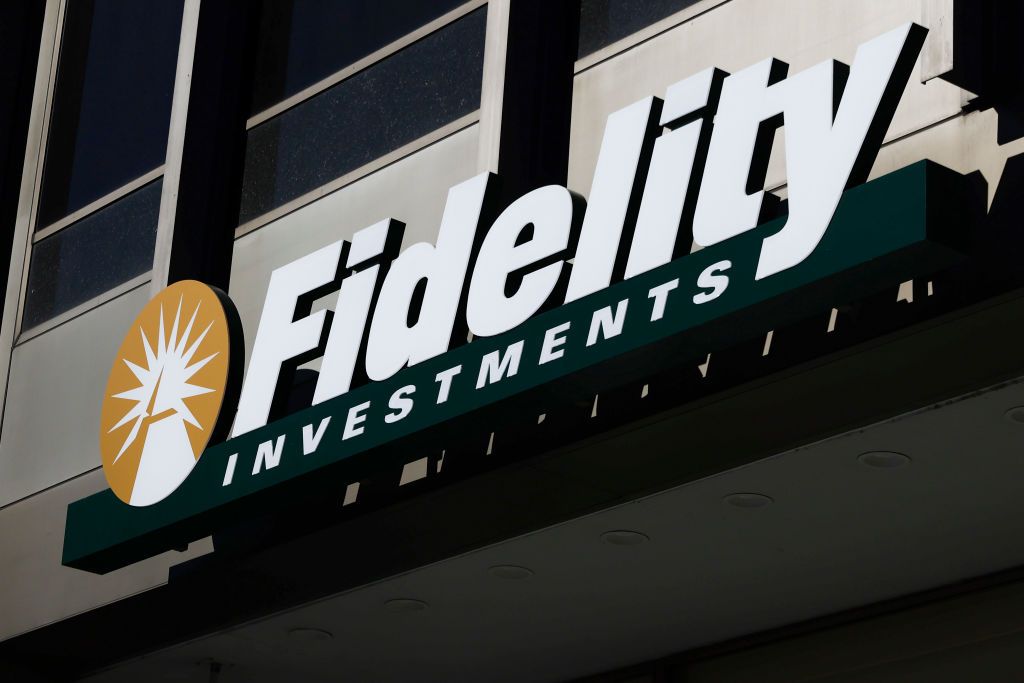
When most investors consider leading asset manager Fidelity, they think of tactical approaches designed to beat the market.
For example, Peter Lynch — enough of a legend to support an article such as We Are Peter Lynch: How to Invest in What You Know — made a name for himself in part thanks to strong leadership of the Fidelity Magellan Fund (FMAGX).
But Lynch, along with other storied managers of Fidelity-sponsored mutual funds, has come and gone.
While the list of the best Fidelity mutual funds to buy now includes some familiar active funds with managers worth watching, the lineup also has large and popular index funds that have connected with investors who prefer a more hands-off approach.
The result is a list of low-cost funds that cover multiple strategies, providing great options for any investor looking to build wealth for the long term.
The following Fidelity mutual funds all are open to new investors with no investment minimums and have at least $60 billion in assets under management.
These five investments all are standouts that might work for you if you're looking for the best Fidelity mutual funds right now.
Data is as of September 25. Dividend yields represent the trailing 12-month yield, which is a standard measure for equity funds.
- Assets under management: $696.3 billion
- Dividend yield: 1.2%
- Expenses: 0.015%, or $1.50 annually for every $10,000 invested
As the name suggests, the Fidelity 500 Index Fund (FXAIX) is a focused bet on the S&P 500 Index. That makes the index fund a bit different than the other more actively managed funds that make up the largest vehicles in this asset manager's arsenal.
But it's hard to argue with the simple approach and the tremendous scale of FXAIX.
Made up of the largest 500 U.S. publicly traded companies, top positions include a who's who of large-cap tech stocks that have led the market lately, such as iPhone maker Apple (AAPL), Microsoft (MSFT) and high-flying semiconductor stock Nvidia (NVDA).
With no minimum investment and a rock-bottom expense structure, the fund is also tremendously accessible, even for small investors.
Learn more about FXAIX at the Fidelity provider site.
- Assets under management: $171.2 billion
- Dividend yield: 0.1%
- Expenses: 0.63%
One of the most respected mutual funds out there, the Fidelity Contrafund (FCNTX) is a Wall Street institution that's been generating strong returns for investors since its birth in 1967.
An actively managed fund, this top Fidelity mutual fund is representative of the asset manager's approach to stock-picking in pursuit of market-beating gains. It primarily contains U.S. large-cap stocks, with a portfolio of just under 300 positions that includes the usual suspects.
Right now, its top holding is Meta Platforms (META), which differentiates it from typical large-cap index funds.
FCNTX has easily outperformed the S&P 500 year to date, thanks to its actively managed approach.
Learn more about FCNTX at the Fidelity provider site.
- Assets under management: $116.5 billion
- Dividend yield: 1.0%
- Expenses: 0.02%
The Fidelity Total Market Index Fund (FSKAX) is among the best mutual funds to buy now, thanks to a low-cost structure and a broad approach that provides easy diversification.
Nearly 4,000 stocks populate the portfolio, giving FSKAX a true "total market" approach to the U.S. The larger companies and the Magnificent 7 stocks carry more weight, as is typical for many index funds.
Still, the wide net cast by this Fidelity mutual fund could help smooth some of the bumps in the road if one corner of the market gets hit harder than others.
If you're a "set it and forget it" investor, FSKAX is for you.
Learn more about FSKAX at the Fidelity provider site.
- Assets under management: $80.5 billion
- Dividend yield: 0.2%
- Expenses: 0.47%
Another tactical and actively managed fund, the Fidelity Blue Chip Growth Fund (FBGRX) does exactly what it advertises — focus on blue-chip stocks with strong growth metrics.
The portfolio includes 250 total positions, with Nvidia in the top spot, followed by Apple and e-commerce king Amazon.com (AMZN) close behind.
You have the reliability of mega-cap U.S. stocks with an emphasis on earnings and sales expansion.
If your priority is strong growth, FBGRX is one of the best Fidelity mutual funds to buy now.
Learn more about FBGRX at the Fidelity provider site.
- Assets under management: $65.9 billion
- Dividend yield: 3.5%
- Expenses: 0.03%
Looking beyond publicly traded companies, the Fidelity U.S. Bond Index Fund (FXNAX) is among the largest and most popular Fidelity mutual funds to buy now.
Holding approximately 10,000 individual bonds, FXNAX is incredibly diversified.
It has about half its assets in rock-solid U.S. Treasury bonds, about 25% in corporate bonds from companies such as Bank of America (BAC) and 25% in bundled mortgage debt, auto loans and other instruments.
The portfolio includes only investment-grade bonds, avoiding "junk" bonds and providing added peace of mind.
FXNAX currently yields 3.5%, more than two times the typical S&P 500 dividend stock right now.
Learn more about FXNAX at the Fidelity provider site.







